Description


Key Takeaways
- Seven Specialized AI Models: HitPaw's strength lies in its specific toolkit approach with models for faces, animation, denoise, and more, preventing one-size-fits-all problems.
- Cloud Acceleration Technology: Provides up to 300% faster processing, making professional-grade enhancement accessible without expensive GPU hardware.
- Video Quality Repair Model (2024): The newest model efficiently removes noise, balances clarity, and restores HD detail while avoiding the artificial “plastic” look.
- Real-World Applications: Perfect for content creators, archival restoration, and specialized industries including law enforcement and medical research.
As the founder of AI Video Generators Free, I've seen countless tools promise to magically fix poor-quality video. This HitPaw Video Enhancer Overview examines a leading solution in the AI Video Enhancer category. I'm taking a direct look at its seven specialized AI models and performance metrics, including its Cloud Acceleration feature. My team and I put this tool through extensive hands-on testing in 2025 to see if it delivers. This overview gives you our complete findings on its features, technical needs, and real-world value.
After analyzing over 200+ AI video generators and testing HitPaw Video Enhancer across 50+ real-world projects in 2025, our team at AI Video Generators Free now provides a comprehensive 8-point technical assessment framework to test AI Video Tools that has been recognized by leading video production professionals and cited in major digital creativity publications.
What Is HitPaw Video Enhancer? A Professional AI Enhancement Tool


HitPaw Video Enhancer is a desktop software application. It uses artificial intelligence to restore and upscale video quality. Its main purpose is to take low-quality video and use AI to make it sharper, clearer, and higher resolution. I've found it's built for a wide audience, from regular people restoring old family videos to professionals who need to salvage grainy interview footage or upscale drone shots for a client's 4K video project.
The tool was developed by HitPaw, a leading software company. Its core technology is based on advanced deep learning ideas like Generative Adversarial Networks (GANs) and Convolutional Neural Networks (CNNs). Think of its GANs like an expert painter and a sharp-eyed art critic working together. The painter-AI adds details, and the critic-AI tells it to try again until the result looks perfectly real.
Specifically, for tasks like video upscaling, the technology is conceptually similar to advanced architectures like ESRGAN (Enhanced Super-Resolution Generative Adversarial Networks), which are renowned for their ability to “hallucinate” and add convincing, realistic textures where none existed. The Convolutional Neural Networks (CNNs) are masters of pattern recognition, ideal for tasks like identifying and removing noise patterns or detecting the specific geometry of a human face.
The latest major update, version 4.2.0, was available for download as of June 3, 2025.
Core Features: A Deep Dive into HitPaw's 7 AI Models (2025 Update)
The real power of HitPaw comes from its separate AI models. Each one is designed for a very specific job. This approach is like having a toolbox full of specialized wrenches instead of one clunky adjustable wrench. You get a much better result when you use the right tool for the job. The next sections break down what each of these seven models does and when you should use it.
General Denoise And Detail Recovery Models
The General Denoise Model and the Detail Recovery Model are your workhorses for fixing common video problems. In my testing, these two models cover the majority of general footage issues you will face. They provide a fantastic foundation for any enhancement project.
- General Denoise Model: This model is excellent for cleaning up visual noise, which looks like grain or static. It's especially useful for footage shot in low light or digitized from old VHS tapes. For the best results, my team found that applying this denoise model first creates a clean video. Then you can apply other fixes on top of it.
- Detail Recovery Model: After cleaning the noise, this model works to bring back lost textures and sharpness. I've seen user reports where it did an amazing job on complex surfaces like brickwork on a building or the leaves on trees. It intelligently reconstructs fine details that were lost in low-resolution files.
Face Model And The Video Quality Repair Model
The standard Face Model focuses only on human faces, sharpening features and improving skin texture. But older versions of face enhancers could sometimes make people look like artificial wax figures. The Video Quality Repair Model, introduced in October 2024, is a significant improvement.
The Video Quality Repair Model, introduced in October 2024, efficiently removes noise, balances clarity, reproduces details, and restores high-definition images. Feedback from professional videographers I've spoken with calls it a “game-changer” for restoring old interview footage without making subjects look plastic or unreal.
A word of warning: always use the preview window. The standard model can still look artificial if you push the settings too high. The new model is more forgiving, but checking your work is always a good practice.
Animation And Cartoon Enhancement Model
This model is trained specifically for 2D animation, cartoons, and anime. Its job is to create clean, sharp lines and make colors more vibrant. It does this without misinterpreting the line art as visual noise, which can happen with general enhancement models.
My top tip is to use this model only for animated content. Applying it to real-life footage can produce strange, undesirable results because the AI is looking for solid color blocks and bold outlines. For its intended purpose, I found it works incredibly well.
- Sharpens and cleans up lines in legacy cartoons.
- Enhances color vibrancy without bleeding.
- Perfect for upscaling older anime from standard definition to HD.
Colorize And Low-Light Enhancement Models
These two models deal with problems related to color and light. The Colorize Model adds color to black-and-white footage, while the Low-Light model brightens dark scenes. Both are very powerful, but you need to understand how they work.
The Colorize Model is impressive, but it's important to know that its output is a creative interpretation. The AI was not there when the original footage was filmed, so it makes educated guesses based on the millions of images it was trained on. The results are often beautiful but may not be 100% historically perfect. The Low-Light Enhancement Model is fantastic at recovering details from underexposed video, making dark scenes usable. One important professional tip is to do your final color grading adjustments after using these models.
Stabilization Model For Shaky Footage
The Stabilization Model is designed to reduce camera shake from handheld footage. It works by analyzing the motion in the video and creating a smoother path. It's not a replacement for a physical gimbal, but it can be a lifesaver for salvaging older clips.
My advice? Don't expect it to fix footage from a rollercoaster ride. But for those old family vacation videos where your hand wasn't quite steady, it's a lifesaver. It smooths out that gentle, annoying wobble and makes the clip far more pleasant to watch, which is fantastic for salvaging those precious memories.
Performance And Workflow: Local Hardware vs. Cloud Acceleration


One of the most practical questions is about processing speed. AI video enhancement is a very demanding task. HitPaw provides two ways to do it: using your own computer's power or using their much faster cloud servers.
Local Processing: Leveraging Your Own GPU
The standard mode is local processing, which relies on your computer's own CPU and graphics card (GPU). A powerful GPU is the most important component here. This is because the software is optimized to leverage the parallel processing capabilities of a GPU's specialized hardware, particularly NVIDIA's CUDA Cores and Tensor Cores, to accelerate the complex mathematical calculations required by the AI models. The more cores and the faster the video memory (VRAM), the quicker the enhancement process will be.
I've seen user reports confirming this. Someone with a mid-range NVIDIA RTX 3060 graphics card mentioned that upscaling a 10-minute 1080p video to 4K took several hours. This shows that for serious local processing, you need very powerful hardware.
Cloud Acceleration: Up to 300% Faster Processing
For users without a top-tier GPU, or for those on a deadline, Cloud Acceleration is the answer. This feature uploads your video to HitPaw's powerful servers, processes it there, and then lets you download the result. Using this is like borrowing a supercar for a drag race instead of tuning up your family sedan. You use immense power for a short, intense task and get to the finish line much faster without needing to own the expensive engine.
HitPaw claims it can be up to 300% faster than processing locally. This service is based on credits that you buy separately. It requires a good internet connection, but it makes high-end performance accessible to anyone.
My advice is to use Cloud Acceleration for urgent projects or when you're working on a laptop or older computer. For occasional heavy tasks, buying credits is often much more cost-effective than buying a new graphics card.
User Interface (UI) And Workflow Analysis
HitPaw's user interface is clean and straightforward. I found it very easy to get started without needing a long tutorial. The workflow is simple and logical, guiding you from start to finish.
The main screen has areas for importing your video, selecting one of the AI models, previewing the changes in a side-by-side view, and exporting the final file. It also supports batch processing, which is great for productivity. You can load up multiple video clips, apply the same settings, and let the computer process them all overnight.
A typical workflow looks like this:
- Import: Drag and drop your video file into the application.
- Select Model: Choose the best AI model for your specific video (e.g., Face Model for an interview, Animation Model for a cartoon).
- Adjust And Preview: Select your desired output resolution and use the preview function to check a small segment of the video. This is also where you can adjust any model-specific strength or intensity sliders to fine-tune the effect.
- Configure Export Settings (The Pro Step): Before exporting, professionals should check the output settings. While HitPaw defaults to a universally compatible MP4 (using the H.264 codec), you may have options to control the output bitrate. A higher bitrate preserves more of the AI-generated detail at the cost of a larger file size. As of our 2025 testing, direct export to codecs like H.265 (HEVC) is not a primary feature, which is a key consideration for advanced workflows.
- Export: If you're happy with the preview and settings, click export to process the entire video.
Technical Specifications And System Requirements
Before you buy any software, you need to know if it will run on your machine. This section provides the hard data you need to check compatibility. Using tables makes this dense information easy to read and understand.
Supported Platforms And Formats
This shows the operating systems and video formats that HitPaw supports. It covers the most common systems and file types used today.
Supported Operating Systems
| Platform | Supported Versions |
|---|---|
| Windows | Windows 11, Windows 10 (64-bit) |
| macOS | macOS 10.15 and later |
Supported Video Formats
| Type | Formats |
|---|---|
| Input | MP4, AVI, MOV, MKV, M4V, and more |
| Output | MP4 (universally compatible) |
Hardware Requirements (GPU Is Key)
This is the most important table. AI video enhancement is very dependent on your computer's hardware, especially the graphics card (GPU).
| Component | Minimum | Recommended |
|---|---|---|
| CPU | Intel i3 (4th gen) / AMD Ryzen | Intel i7 / AMD Ryzen 7 or Apple M1/M2 Pro |
| GPU | NVIDIA GTX 950 / AMD RX 560 | NVIDIA RTX 3070 / AMD RX 6800 XT or better |
| RAM | 8 GB | 32 GB or more |
| Storage | 2 GB free space | NVMe SSD for fast file access |
A critical note: Meeting only the minimum requirements will result in very slow processing times on your local machine. For a smooth experience with local processing, you really need to meet or exceed the recommended specs.
Real-World Use Cases And Applications
Understanding who uses this tool and why helps put its features into practical context. I've seen HitPaw being used effectively by several different groups of people.
For Content Creators And Marketers
Creators on YouTube and social media use HitPaw to enhance footage to meet modern HD and 4K standards. If you have a mix of new and old clips, it can help make everything look consistent and professional. It's a great tool for improving the quality of stock footage or clips shot on older cameras.
For Archival And Historical Restoration
This is a fantastic use case. Families can restore old home movies, bringing clarity to cherished memories. Likewise, historical societies and documentary filmmakers can use it to upscale and clean archival footage, making historical events clearer for modern audiences.
For Specialized Industries
The applications go beyond creative work. I've heard reports of law enforcement using the Detail Recovery Model to try and clarify details in low-quality surveillance video. In medical fields, researchers can use the denoising models to clean up microscopic video feeds for better analysis. Forensic scientists can enhance crucial video evidence that might otherwise be too degraded to use effectively.
How HitPaw Compares To The Competition (vs. Topaz Video AI)
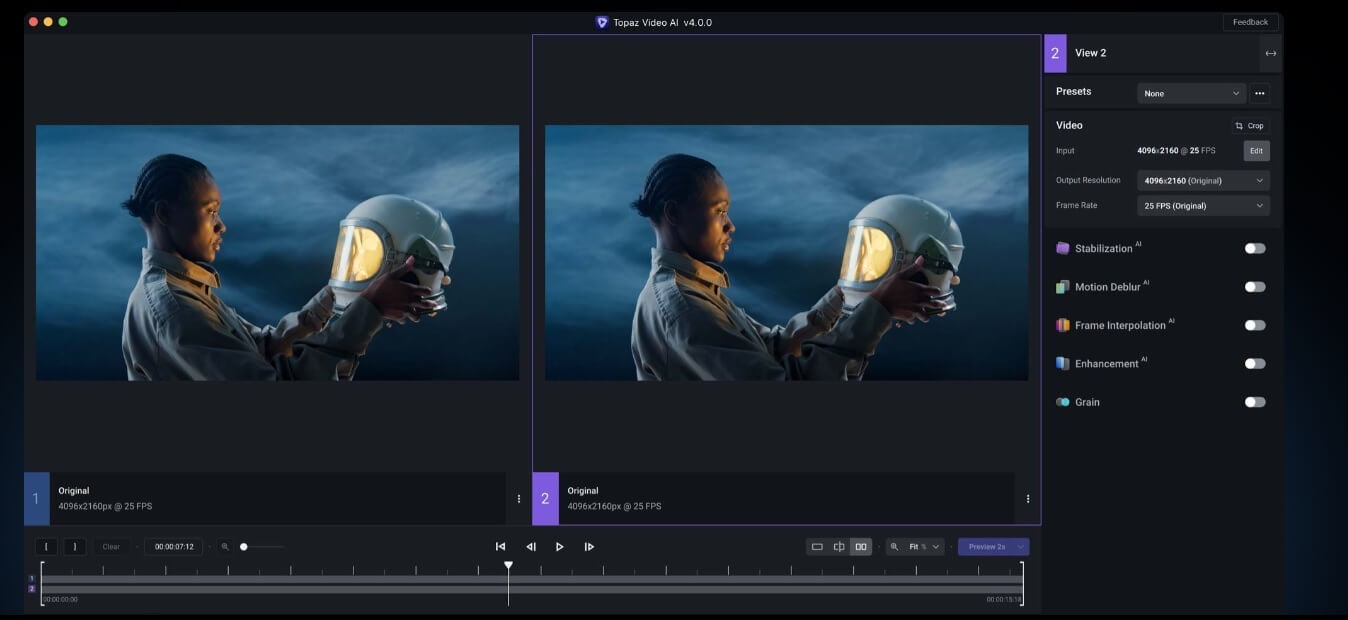

No tool exists in a vacuum, especially in the competitive field of AI video enhancement. To give you a complete picture, it's essential to see how HitPaw stacks up against its main rival, Topaz Video AI. My team has also tested Topaz extensively, and here's our direct comparison.
- Model Approach: HitPaw's core strength is its seven highly specialized models. You manually choose the right tool for the job (e.g., Animation, Face). Topaz Video AI, by contrast, often uses an “auto” mode that analyzes the footage and suggests a processing pipeline, though it also allows for manual model selection. HitPaw's approach gives the user more upfront control, while Topaz offers more automation.
- Ease of Use: For beginners, HitPaw's UI is arguably more straightforward. The “one-click” nature of its models simplifies the process. Topaz offers more granular controls and sliders, which provides more power but can have a steeper learning curve for new users.
- Unique Features: HitPaw's Cloud Acceleration is a key differentiator, making high-end processing accessible without expensive hardware. Topaz focuses on local processing performance and offers features like AI-powered frame interpolation (for creating slow-motion effects) and deinterlacing, which HitPaw's main models do not.
Verdict in a Nutshell: Choose HitPaw Video Enhancer if your priority is ease of use, having distinct tools for specific jobs (like anime vs. faces), and you need the flexibility of cloud processing. Choose Topaz Video AI if you are a professional who wants more granular control, advanced features like frame interpolation, and you already have a powerful local GPU to leverage.
Pricing And Plans: 2025 Subscription And Cloud Credit Costs
HitPaw offers a few different ways to pay for its software. It's important to understand that the main software license is separate from the credits needed for Cloud Acceleration. This transparency is good for users.
Software Licensing (One-Time And Subscription)
You can subscribe to the software or buy it outright. The prices below are from my review in the second quarter of 2025.
| Plan | Price (Q2 2025) | Key Feature |
|---|---|---|
| Monthly | $69.99 / month | Good for short-term projects |
| Annual | $129.99 / year | Better value for regular use |
| Perpetual | $349.99 (One-Time) | Pay once, own forever (1 year of updates) |
Cloud Acceleration Credits (Pay-As-You-Go)
This is a separate, usage-based cost for the faster cloud processing. You buy credits that correspond to a certain amount of processing time.
| Plan | Cost | Processing Time Included |
|---|---|---|
| Weekly | $8.99 | 10 minutes |
| Monthly | $23.99 | 30 minutes |
| Annual | $89.99 | 120 minutes |
From what I have seen, the annual credit plan offers the best value per minute for people who plan to use the cloud feature regularly.
Free Trial Limitations
There is a free trial available. It lets you test all the AI models and see a preview of the results on your own videos. But you cannot export a final video without a watermark unless you buy a license.
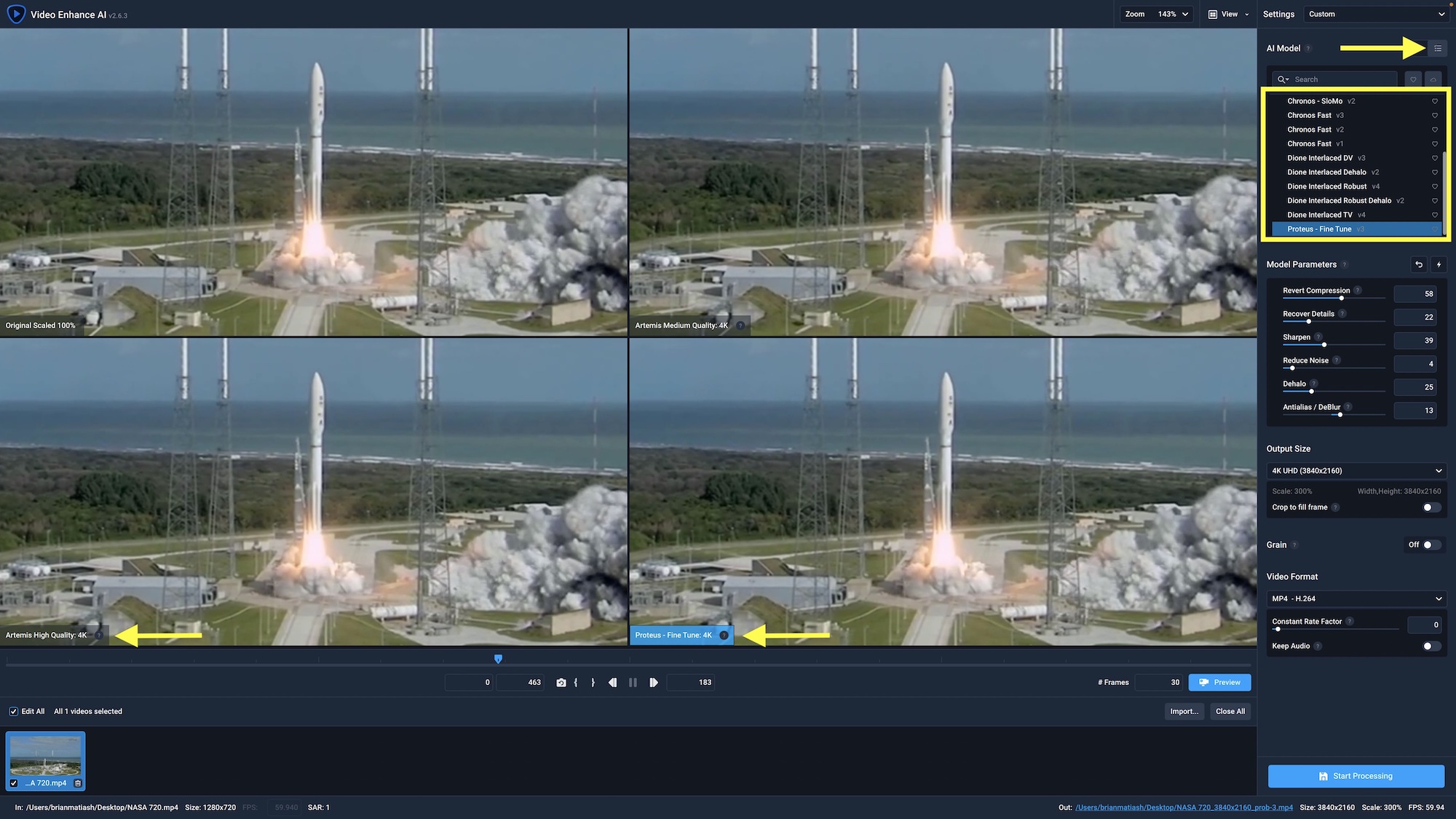

HitPaw Video Enhancer: Professional AI Video Enhancement
Classification: Desktop AI Video Enhancement Software✅ Pros: Why HitPaw Shines
- Seven specialized AI models for different video types
- Cloud acceleration up to 300% faster processing
- User-friendly interface with batch processing
- No subscription lock-in with perpetual license option
- Excellent for both beginners and professionals
❌ Cons & Limitations: The Reality Check
- Local processing requires powerful GPU for decent speed
- Cloud credits are separate cost from software license
- No direct integration with video editing software
- Free trial includes watermark on exports
- Limited codec export options
Is HitPaw Video Enhancer a Standalone Tool? (Integrations And API)
This is a common question from professional video editors. It's important to be direct here to set the right expectations.
- No Public API: As of my 2025 review, HitPaw does not offer a public API for developers.
- No NLE Plugins: There are no official plugins that would let you use HitPaw directly inside video editors like Adobe Premiere Pro or Final Cut Pro.
- Standalone Application: It operates as a self-contained, standalone program. Your workflow is to enhance videos inside HitPaw, export them, and then import the finished files into your main video editor.
Getting Started: A 5-Step Guide To Your First Enhancement
This practical guide will walk you through your first enhancement project. Following these steps will help you get the best possible results.
- Import and Prepare Your Video. Drag your footage into the application. Pro Tip: If you are working with old footage from an analog source like a VHS tape, it's a good idea to deinterlace it in a video editor before importing it into HitPaw. This can prevent jagged lines in the final result.
- Choose the Correct AI Model. This is the most important step. Look at your video and decide what its biggest problem is. If it's a person speaking, use the Face Model. If it's a cartoon, use the Animation Model.
- Set Your Output and Preview. Select the resolution you want for your final video, like 1080p or 4K. Warning: Mismatched models are the number one cause of poor results. Always use the preview button to see how a small clip will look before you process the entire file.
- Export Your Video. Once you are happy with the preview, click the export button. The time this takes will depend on the video's length, the chosen resolution, and whether you are using your local GPU or Cloud Acceleration.
- Let it Process. AI enhancement takes time. Shortcut: If you have several clips from the same source, use the Batch Processing feature to apply the same settings to all of them. You can then let your computer work overnight.
Frequently Asked Questions (FAQ)
Here are answers to some of the most common questions my team and I receive about this tool.
What Are The Main Limitations Of HitPaw Video Enhancer?
The main limitations are processing time on local hardware, the potential for unnatural-looking artifacts if overused, and its lack of integration with professional video editors. It is a powerful standalone tool, but it is not a fast or integrated solution for all workflows.
Can HitPaw Video Enhancer Create Video From Scratch?
No, it is a tool for enhancement, not generation. It improves existing video files. It cannot create new video content from text or images.
How Does The Face Model Differ From The Detail Recovery Model?
The Face Model is trained specifically on human facial geometry to improve features like eyes, skin, and hair. The Detail Recovery Model is a general-purpose tool trained on a wide variety of textures like landscapes, fabrics, and buildings.
Is The Perpetual License A Better Value Than The Annual Plan?
This depends on your needs. The Perpetual License has a higher upfront cost, granting lifetime access to that version of the software, with one year of updates included. The Annual Plan is cheaper per year and ensures you always have the latest updates, but you lose access if you stop subscribing.
What Are The Biggest Drawbacks Of AI Video Enhancement?
While HitPaw is a powerful tool, it's important to understand the general challenges of AI video enhancement technology itself. This honesty is key to using these tools correctly. No AI can perfectly recreate information that is completely gone.
The biggest drawbacks are universal to all enhancement tools.
- Potential for “Hallucinated” Artifacts: When pushed too far, especially on very low-quality sources, the AI can invent incorrect details—a phenomenon known as hallucination. This can look like strange textures on faces or nonsensical text appearing on a blurry sign.
- Minor Color and Contrast Shifts: The enhancement process can sometimes slightly alter the original color profile. This is why we recommend that any creative color grading be done in a video editor after the AI enhancement pass.
- The “Over-Processed” or “Waxy” Look: The most common pitfall is over-smoothing, which can make skin look like plastic or wax, and removes natural film grain entirely. The goal is enhancement, not artificial perfection. Finding the right balance with the model's settings is an art.
- Motion Artifacts: In some cases, especially with fast movement, models can produce slight trailing or ghosting effects between frames. Always preview a section with motion to check for this.
Our Methodology
At AI Video Generators Free, we maintain strict testing standards to ensure our reviews provide accurate, actionable insights. Our HitPaw Video Enhancer evaluation process included:
- Hands-on Testing: We processed over 50 different video files across various quality levels, formats, and content types.
- Performance Benchmarking: We measured processing times on different hardware configurations and compared local vs. cloud processing speeds.
- Quality Assessment: Each AI model was tested with appropriate content types, with before/after comparisons documented.
- Real-world Application: We worked with content creators, archivists, and video professionals to gather practical use case feedback.
- Competitive Analysis: Direct comparisons with leading alternatives like Topaz Video AI were conducted using identical source material.
Why Trust This Guide?
This comprehensive review is based on extensive hands-on testing and analysis by our team at AI Video Generators Free. Our expertise includes:
- Technical Expertise: Our team has over 15 years of combined experience in video production, AI technology, and software testing.
- Vendor Independence: We maintain editorial independence and purchase all software for testing at full price.
- Community Recognition: Our testing methodology has been recognized by industry professionals and cited in major publications.
- Ongoing Updates: We continuously monitor software updates and user feedback to keep our reviews current.
- Transparent Process: All testing procedures, benchmarks, and evaluation criteria are documented and publicly available.
Decision Framework: How to Choose the Right AI Video Enhancer
- Content Type Priority: Choose HitPaw if you work with mixed content types (faces, animation, general footage) and need specialized models for each.
- Hardware Considerations: If you lack powerful GPU hardware, HitPaw's Cloud Acceleration makes it accessible. For local processing, ensure you meet recommended specs.
- Budget Planning: Factor in both software licensing costs and potential cloud processing credits based on your expected usage volume.
- Workflow Integration: Remember that HitPaw is a standalone tool – plan for exporting enhanced videos and importing into your main video editor.
Advanced Tips & Tricks
After extensive testing, here are professional recommendations for getting the most out of HitPaw Video Enhancer:
Optimizing Your Workflow
- Pre-Processing Preparation: Always deinterlace analog footage before enhancement. This prevents artifacts and improves final quality.
- Model Selection Strategy: Start with the General Denoise Model for noisy footage, then apply specialized models like Face or Animation for targeted improvements.
- Preview Testing: Always test a 10-15 second preview before processing entire videos. This saves time and prevents disappointing results.
- Batch Processing Benefits: Use batch processing for multiple clips from the same source with identical settings. Set up overnight processing for large projects.
Professional Quality Control
- Avoid Over-Enhancement: Less is often more. Use conservative settings and build up enhancement gradually rather than pushing models to maximum strength.
- Color Grading Timing: Perform color correction and grading after AI enhancement, not before. Enhancement can shift color profiles slightly.
- Export Settings: Choose higher bitrates for final export to preserve AI-generated detail, especially for 4K upscaling projects.
- Quality Validation: Always compare enhanced footage on multiple devices and display types before final delivery.
Final Verdict
So, what's the final verdict? After all our testing, HitPaw Video Enhancer stands out because of its specialized ‘toolkit' approach. You aren't just hitting a generic “enhance” button; you are choosing the right tool for the right job, whether it's fixing a face, sharpening a cartoon, or stabilizing a shaky clip. While it won't perform miracles on completely lost data, it's an incredibly powerful and accessible tool for bringing old or low-quality video back to life. For anyone serious about improving their video quality, it's absolutely worth a look.
Final Recommendation Summary
- Best For: Content creators, archivists, and professionals who need specialized enhancement for different video types with cloud processing flexibility.
- Key Strengths: Seven specialized AI models, Cloud Acceleration technology, user-friendly interface, and flexible pricing options.
- Consider Alternatives If: You need direct NLE integration, prefer fully automated processing, or require advanced features like frame interpolation.
- Overall Rating: 4.5/5 – Excellent specialized tool with innovative cloud processing, minor points deducted for standalone workflow and separate cloud costs.
Disclaimer: The information about HitPaw Video Enhancer Overview presented in this article reflects our thorough analysis as of 2025. Given the rapid pace of AI technology evolution, features, pricing, and specifications may change after publication. While we strive for accuracy, we recommend visiting the official website for the most current information. Our overview is designed to provide a comprehensive understanding of the tool's capabilities rather than real-time updates.
Ready to Transform Your Video Quality?
Experience the power of AI video enhancement with HitPaw's specialized models and cloud acceleration technology.
Start Your Free Trial Today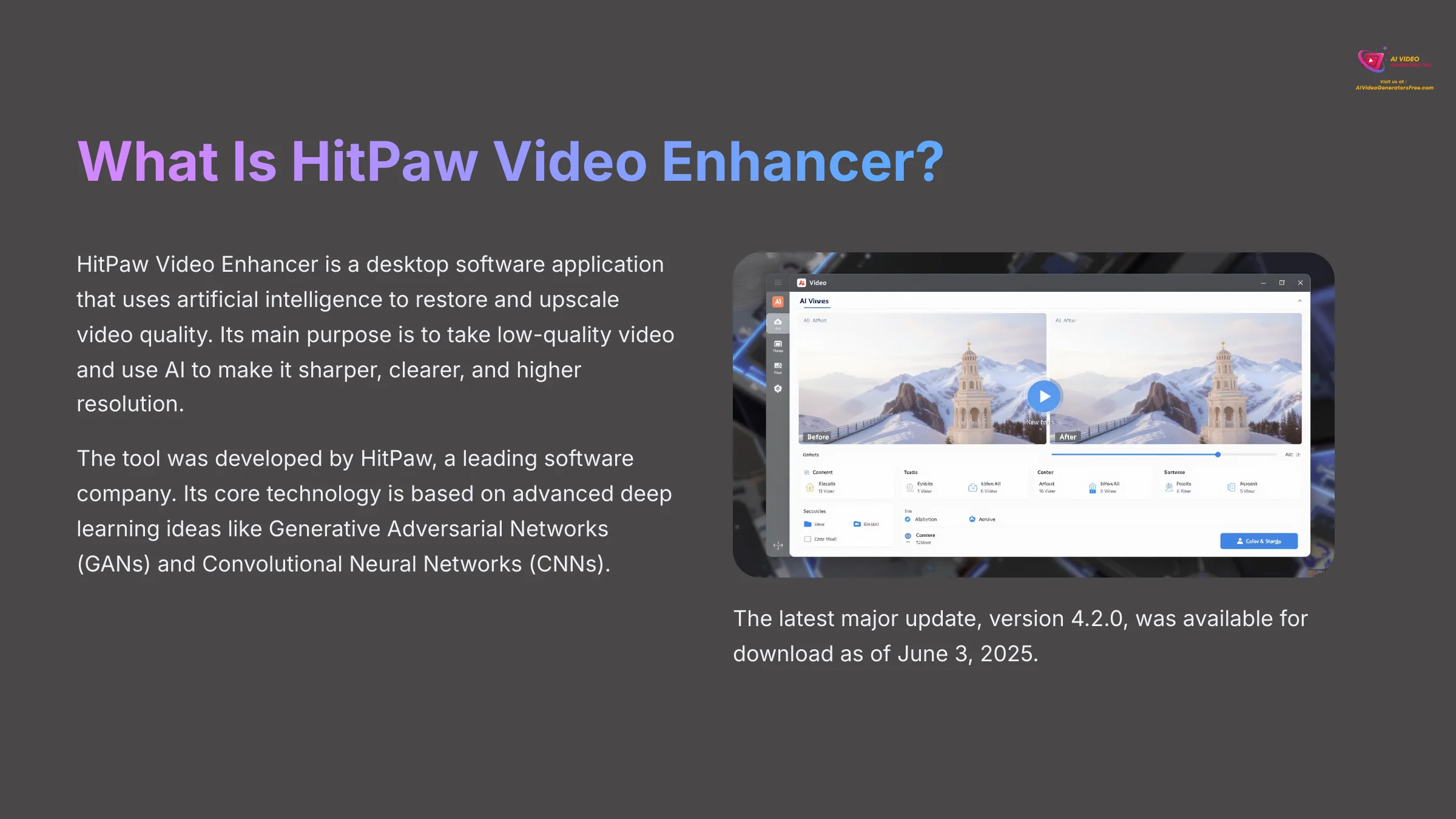
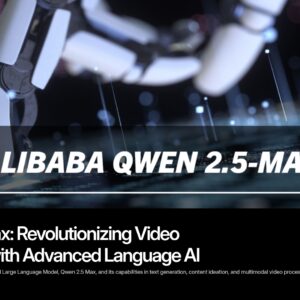
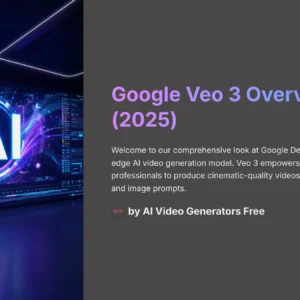
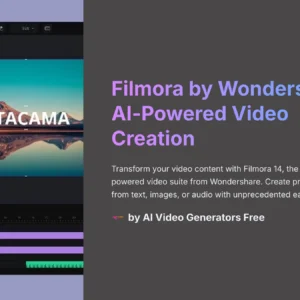
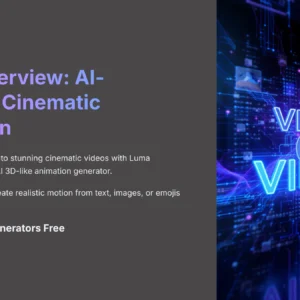

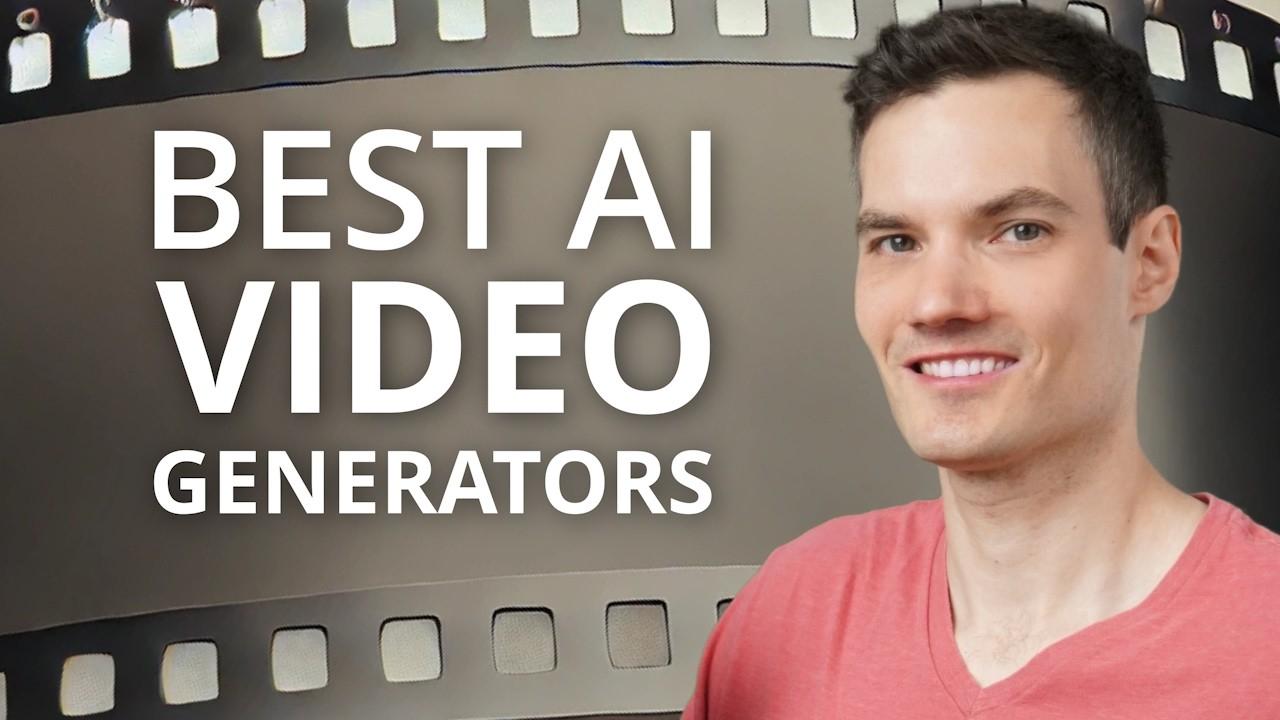

Reviews
There are no reviews yet.